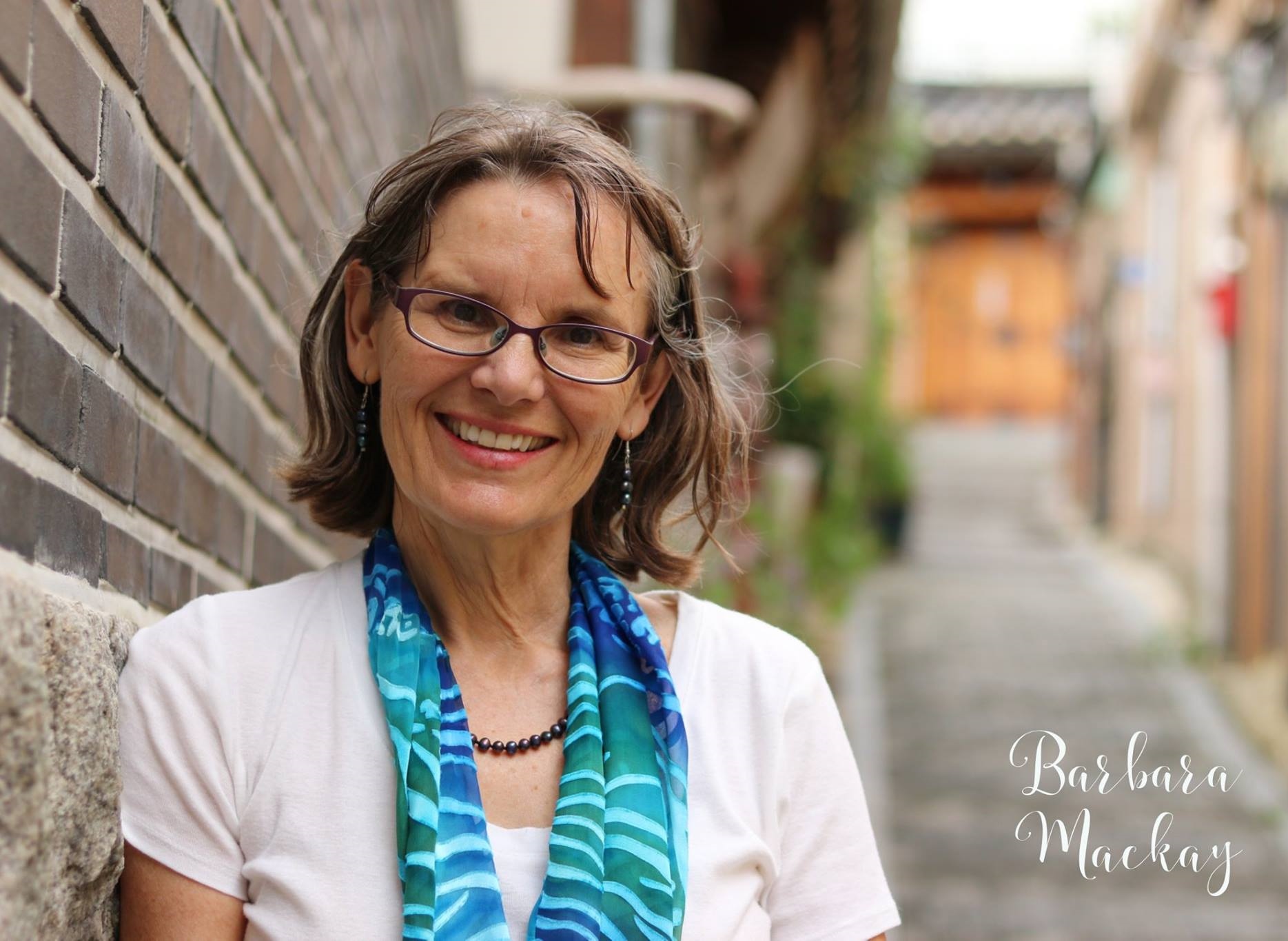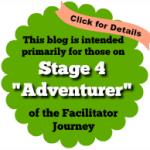Masterful Facilitation Under Any Circumstances Using 4 Levels of Connection

Today I woke up thinking a lot about connection. If you aren’t connected, you cannot facilitate. As facilitators of group process, we need to be connected at so many levels. It is our lifeline in times of trial and tribulation. Connection allows us to be fully present to whatever arises in the group. It requires skill and practice. There are many days and experiences where I am not connected on these four levels as much as I wish to be. On these days, I have to remind myself that I am doing the best I can.
There are four ways to be connected. If you are conscious and aware of these four ways, you can facilitate any thing, any group, any time, any where. This is a bold statement but I believe it to be true. If you know this when you first start out facilitating, you will grow remarkably quickly. If you remember this even as a master facilitator, you will keep yourself and the group uplifted.
Here are the 4 levels:
- The first is at the level of self.
- The next is at the level of the field/profession of facilitation.
- The third is to the group you are serving or facilitating.
- And the forth is to the wider community in which your life and work exists.
I’ll talk briefly about all four. At the end of this blog I have a video that exemplifies connections primarily at the level of community.
Connection with Yourself
Imagine you are walking into a room full of people you don’t know. You are supposed to be in charge of creating a safe inclusive space for many individuals who may or may not know each other. Now imagine you are not connected to yourself when you do this. This is not a good scenario. Being connected to yourself means having a sense of groundedness. It means you are confident about your ability to help the group work through many challenging issues. Self-connection also allows you to connect deeply with others. And, if you are connected to yourself when you make mistakes, you can use self empathy. This is a key concept of Dr. Marshall Rosenberg, the person who created and founded the NonViolent Communication movement.

Try these three things to connect with yourself more often.
- Take many deep breaths with your eyes closed before you enter the room in which you are facilitating.
- Walk into the room in which you are facilitating with the sensation that your feet are firmly planted on the ground. When you are standing, imagine strong energy coursing through your legs into your feet and the ground.
- Make sure you have eaten something that is nourishing for your body and doesn’t take away from your focus, clarity and attention.
Connection to the Field of Facilitation
Do you truly understand what it means to be a facilitator? Being connected to the field means you know methods, tools, skills, knowledge, style and stance of the facilitator. You regularly connect to people who facilitate. You check out what is the latest thinking in the field. You know how to design process extremely well.

Try these three things to connect to the field more often.
- Join the International Association of Facilitators (IAF).
- Join and participate in local/regional meetup or virtual groups that are thinking about this field.
- Read one blog or view a YouTube video on a facilitation topic per week.
Connection to the Group
Remember also what we talked about with the connection to yourself. if you are connected to yourself, the connection to the group will follow. It’s helpful to be able to laugh and even cry (when appropriate) with your group. You are making connections at a human level. You are always doing deep, awe-inspiring work with your group. This is true even when it’s a straight forward meeting on making a decision or planning a retreat. Treat every meeting with awe. You are about to help the group to connect with the topic and with each other. See our earlier blog on a connecting energizer in the Resources below.

Try these three things to connect to the group more often.
- In your introductions, have people share exactly how they pronounce their names, their pronoun(s), and one thing that’s going well in their life. This models the sacredness of a person’s name and identity and focuses on positivity at the beginning of the meeting, ensuring that people start in a positive emotional state. See Resources on why and how to use pronouns in introductions.
- Share group agreements at the beginning of the meeting and discuss what behaviors would model respect for this particular group.
- At appropriate times, ask the group how things are going for them. really show you are interested in getting their feedback. Even if the feedback is critical, changing your agenda or your communication style will help earn back their trust.
Connection to the Wider Community
This is also related to the connection to the field but it includes connection to people and things outside the field of facilitation. It is important to connect to your family and friends on a regular basis. And, it is equally important to connect with people who have different perspectives than yours. Remember, when we facilitate groups we are also connecting to a wider community. The group might be one you are familiar with because its your own internal team. However, every individual in a group belongs to different constituency groups than yours. This connects you to a huge array of world perspectives and viewpoints that you don’t normally have when you just hang out with your own friends and family. This practice will make you more comfortable with many different groups and people.

Try these three things to connect to the wider community more often:
- Join a not-for-profit board to create a sense of belonging to a group that has shared values with you.
- Form a unique group that you can be vulnerable with about your successes and failures in life and work.
- Read or listen to one news story or biography every week that broadens your perspective on the world.
This video is a personal example of connection with the wider community that has helped me with the other connections (self,field, group) in my life as well.
How do you stay connected to self, the field, the group and the community?
Resources
Energizer: Positively Connecting the Group
We Are a Community! Keys to Thriving as a Facilitator
Dear (Cis) People Who Put Your Pronouns On Your “Hello My Name Is” Name Tags


